Recommendations for study design to improve evaluation and monitoring of macroalgae cultivation sites
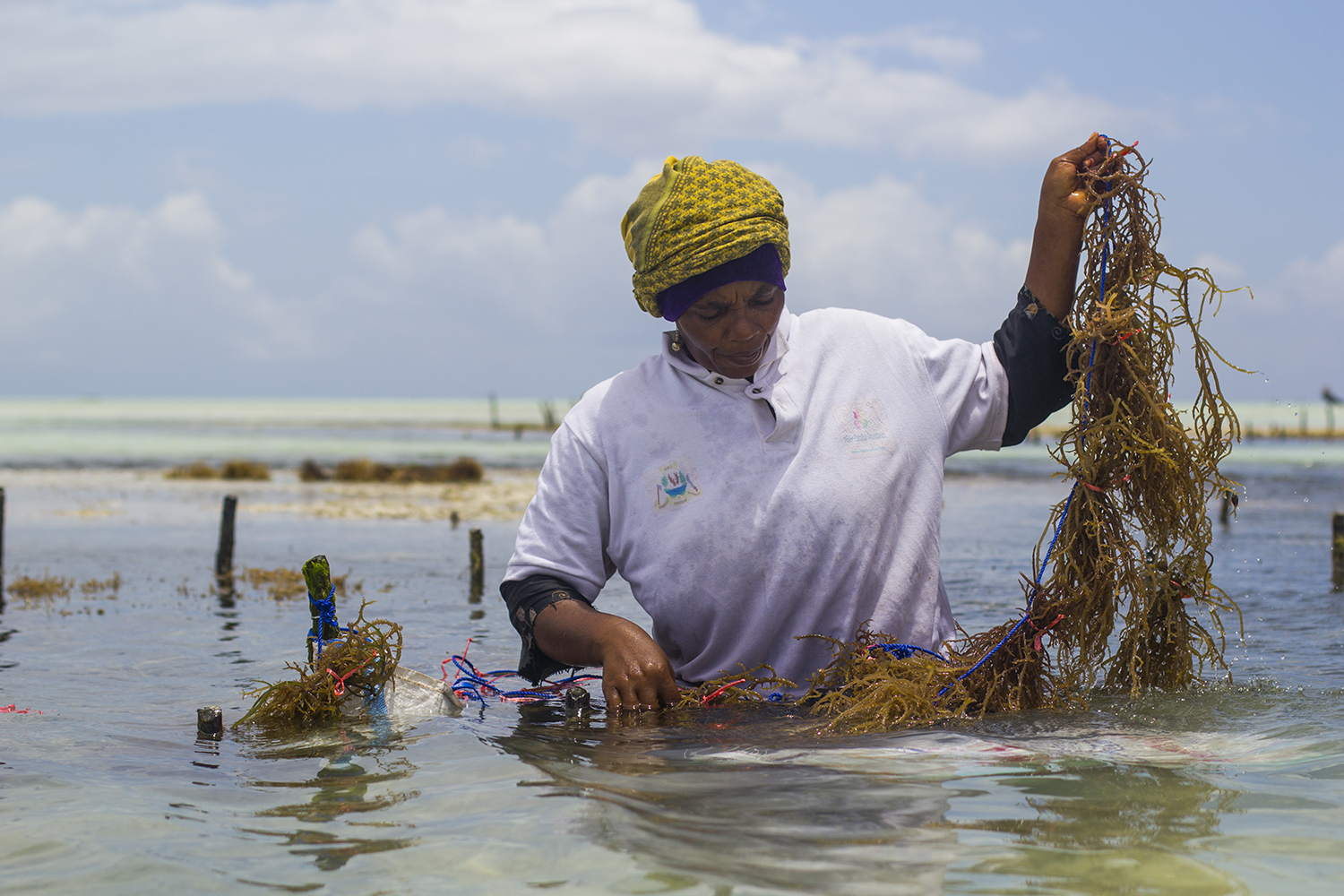
Algae, including seaweeds (macroalgae), comprise more than 20 percent of total aquaculture production biomass, and algal cultivation is growing rapidly compared with other farmed species (approximately 8 percent per year.) following the growth and diversification in global markets for algal or macroalgal products.
Beyond the direct commercial value of macroalgal products, the responsible expansion of macroalgal cultivation could provide environmental benefits, which have been detailed alongside potential negative impacts in several recent reviews.
Many of these environmental effects relate to key ecosystem services (ESs) including climate regulation, storm protection, biogeochemical cycling and provisioning of food and habitat, or refugia to support secondary production for wild capture fisheries (Fig. 1). The proposed ecosystem services enhanced by macroalgal cultivation would support several United Nations Sustainable Development Goals (SDGs) including: contributing to global health and well-being, providing economic growth and resilience in coastal communities, enabling responsible consumption and production, facilitating climate action and benefiting marine ecosystems.
Habitat provisioning is a hugely important ecological process that underpins biodiversity, ecosystem structure and function, and supports many ecosystem services, such as food provisioning, water quality, maintenance of pest and disease control and recreation and ecotourism. Quantifying the habitat provided by macroalgal cultivation has received little attention, and therefore, no economic or ecological valuations of this potential benefit have yet been made.
Increased recognition and valuation of the habitat provided by macroalgal cultivation would enable better farm design and management to optimize potential environmental benefits, mitigate potential negative impacts and contribute towards sustainable development and an ecosystem approach to aquaculture In macroalgal cultivation, the ecosystem approach to aquaculture (EAA) may guide policy, financing and certification schemes towards promoting increased sustainable practices in mariculture development. Accordingly, there is the potential for macroalgal aquaculture to lead the way as an example of sustainable EAA; however, more quantitative evidence on a wider range of the potential environmental benefits is needed, including habitat provisioning.
This article – adapted and summarized from the original publication [Corrigan, S. et al. 2022. Quantifying habitat provisioning at macroalgal cultivation sites. Rev. Aquac. 14(2). March 2022] – discusses the general recommendations for the design of studies for monitoring habitat provisioning in macroalgal cultivation sites.
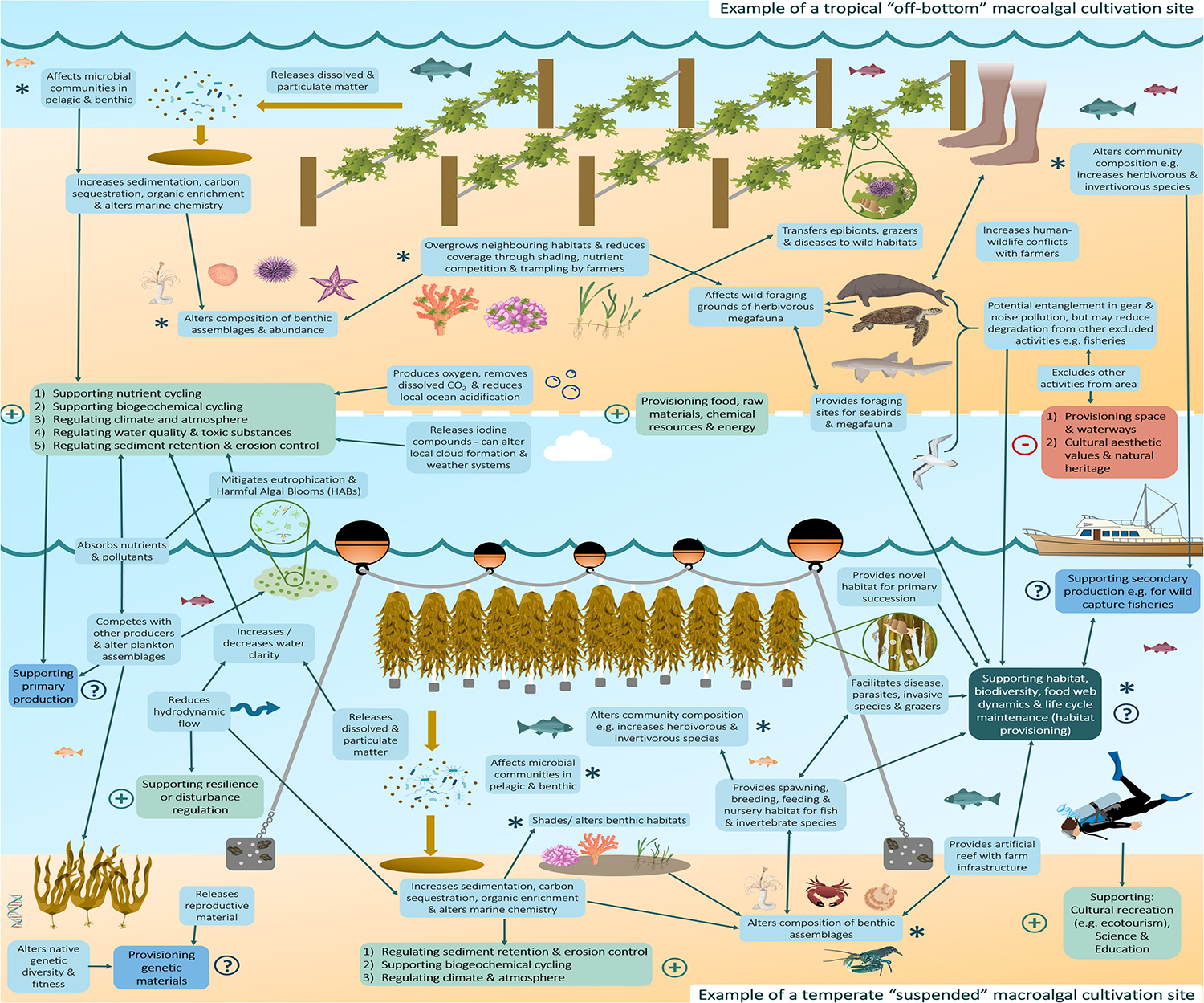
Accounting for differences in macroalgal cultivation farm types
Globally, there is a wide diversity of macroalgal farm types and species cultivated, from offshore temperate kelp farms to off-bottom tropical species (Fig. 1). This diversity makes creating standardized monitoring techniques to quantify habitat provisioning challenging, as their effectiveness will differ widely between cultivated species, locations and farm types. Many monitoring techniques are applicable to all macroalgal cultivation sites globally. For example, diver-conducted visual surveys of fish and pelagic species have been used successfully in both Eucheuma and Kappaphycus farms in the Philippines and Codium, Gracilaria, Sargassum and Ulva farms in Costa Rica.
Between farm types, where infrastructure differs greatly, some monitoring techniques are not feasible to deploy universally. For instance, small beam trawls may be suitable for monitoring benthic species around kelp longline systems (as conducted in a Canadian mussel farm); however, they are not suitable in most tropical macroalgal farms due to shallow depth limitations, high density of cultivation lines and other limitations.
To survey benthic species in shallow tropical farms, more targeted methods could be deployed, such as benthic drop cameras or traps, which can also be used successfully in temperate systems. Remote camera surveys would also cause less disturbance to both biodiversity and the cultivated species. To enable more effective comparison of habitat value between macroalgal cultivation sites globally, monitoring methods that are flexible in terms of their deployment should be favored over those that will only work in certain cultivation scenarios.
Working collaboratively with farmers or other stakeholders, such as local fisheries, will enable suitable survey methods for the region to be developed. Engaging with farmers and other local industries may also help to improve awareness of the potential ecological and economic benefits of habitat provisioning by macroalgal cultivation and therefore increase interest in contributions to farmer- or citizen-science observations, or the uptake of habitat monitoring into farm-management protocols.
Surveying appropriate reference sites and environmental variables
Ideally, to fully assess the environmental effects of an aquaculture system, surveys should be conducted before farms are established in any given area, and then compared to results seen during and after implementation, as well as at control sites, thereby adopting a before-after-control-impact (BACI) design. Beyond BACI, studies may often include multiple, additional control sites away from the farm, which experience similar background environmental conditions to the farm site (e.g., depth, sediment, hydrology) but are at an appropriate distance away so as to not be affected by the presence of aquaculture species.
To understand any added habitat value created by macroalgal cultivation sites to an area, farms should also be compared to areas with similar environmental conditions where there is no structural habitat, as this is where farms are often implemented. Factoring in the monitoring of other variables such as macroalgal species and biomass, depth, light, temperature, sediment and water biogeochemistry (e.g. dissolved inorganic carbon, sediment size and oxygen-reduction potential), nutrient availability and hydrodynamic activity will also be required to accurately compare the habitat value of different farms and better understand the health of these systems.
Timing of surveys
Previous studies have often only sampled at harvesting time points when successional communities may not be fully established. This is representative for the farming industry, which normally completely removes algal biomass at harvest; however, time-series data that extend beyond typical harvesting seasons could inform better harvesting practices to maximize the habitat value of macroalgae farms and inform EAA.
Surveying beyond the cultivation season, when macroalgal biomass is removed, will also help to determine to what extent the habitat value of the site has been removed in the absence of the algae and indeed whether it might be maintained, at least in part, by the presence of farm infrastructure in the area.
Sampling should therefore be conducted at multiple or continuous set time points before, during and beyond multiple harvesting cycles, to help avoid temporal bias, allow comparability, and more completely estimate the habitat value of cultivation sites, as well as determine whether or not they provide habitat only during cultivation seasons.
Species metrics to be collected, statistical analyses of habitat value
Quantifying the habitat value of macroalgal cultivation sites does not only rely on determining the species present in the site and their abundances but also on understanding their usage of and behavioral interactions with the site at various life stages in the long term, as well as monitoring their physiological condition and fitness (e.g., juvenile recruitment). Juvenile recruitment success underpins population fitness and biodiversity, so it should be monitored within cultivation sites and surrounding areas to address whether macroalgal farms enhance wild populations through juvenile recruitment or simply aggregate individuals from surrounding areas.
Quantifying the size and nominal age of individual organisms is also needed to understand juvenile recruitment. Biomass measurements are also important to determine nutrient and energy flows in ecosystem-wide and food web models but can be estimated for wild fish using published length-weight conversions. Visual methods are also often necessary to determine the behavioral activity of species at macroalgal cultivation sites, for example, feeding, breeding and sheltering or avoidance of the site. Tagging or biologging species also allows the behavior of individuals to be monitored and site fidelity to be established.
The use of diverse biotic indices and statistical approaches can also provide various insights into overall community and ecosystem health, determining the habitability of an area for different species. Indices lend themselves to standardization and they can be fine-tuned to detect certain types of pressure, for example, to assess species sensitivity to organic enrichment could be used to quantify the impact of organic exudates and cast-off from macroalgal farms.
When multiple indices are employed, they generate a wider picture of the impacts of aquaculture. The choice of data analysis tools is therefore important and should be considered carefully when designing habitat value surveys to ensure they fulfil assessment objectives and are comparable to other sites.
For comparability of habitat value between cultivation sites and aquaculture species, a standardized set of variables, biotic indices and statistical approaches should be produced, which would enable better quantification of the habitat value of macroalgal cultivation.
An ecosystem approach to aquaculture
Despite the increasing number of survey methods available for quantifying habitat provisioning in macroalgal cultivation sites, the resources available to conduct such field surveys are limited, particularly at small-scale farms and they tend to focus within a farm’s footprint. Models may be used instead to predict ecosystem-wide effects based on established relationships with primary productivity, nutrient and energy flows and readily available environmental and species data.
At macroalgal cultivation sites, models have already been run for determining effects on plankton assemblages at different farm scales and ecosystem-wide effects on food web dynamics. Models of carrying capacity in aquaculture systems assess the maximum production potential of a cultivated species that can be supported in an area based on environmental conditions, optimal stocking density, cultivation approaches and environmental impact.
Carrying capacity models can be used in the development of EAA to assess ecosystem impacts beyond the direct footprint of the cultivation site and ensure sustainability. Ecological carrying capacity in macroalgal cultivation sites should be investigated further to balance production with ecosystem management goals, as has been outlined for shellfish and finfish cultivation previously. Models can also be used to assess cumulative ecosystem impacts of integrated multitrophic aquaculture (IMTA), systems or multipurpose platforms such as integrated aquaculture and marine renewable energy sites to inform marine spatial planning and policy related to EAA.
Data distribution and access
To inform on decisions to optimize the habitat value of macroalgal cultivation sites in EAA, high-quality, comparable data from multiple sites will be needed. To facilitate this, global standardized data sets should be generated with available data on habitat provisioning in macroalgal farms or other aquaculture types. Conceptual frameworks such as essential biodiversity variables (EBVs) could aid in creating inter-operable data sets based on data collected using common methodologies. These frameworks could then be made available in open-access repositories to facilitate habitat value or biodiversity assessments.
Integration of monitoring techniques into farm management protocols and policy
Currently, policy relating to macroalgal cultivation at either national or international level is not well established, and farm management protocols are often focused on reducing waste, pollution, disease outbreaks and other actions, rather than maximizing the ecological value of the site. Standardized quantification of habitat provisioning of macroalgal cultivation sites would be greatly facilitated through the creation of clear monitoring criteria and guidance from regulatory and accreditation bodies through farm-management protocols or policy.
Monitoring techniques should adhere to licensing and certification standards, whilst also benefitting farmers to incentivize their usage, for example, via optimizing harvest schedules and increasing product yield and grade or facilitating regulation and licensing of farms. Several sustainability and organic certification standards for macroalgal cultivation discuss the need for farmers to assess the positive and negative environmental impacts of their farms and establish sustainable management plans to enable their products to be accredited; however, very little direct guidance on evidence-based monitoring is given.
Standardizing methods for quantifying habitat provisioning and the associated ecological (and economic) value is undoubtedly more challenging than for data collection related to assessing and managing impacts around waste management and pollution control, energy efficiency and disease- and pest-management practices. However, encouraging monitoring of habitat provisioning is essential for realizing an EAA and assuring the sustainability of the industry.
Marine licensing bodies could also set environmental and habitat monitoring as a legal requirement to grant farming permissions, particularly in newly emerging regions of macroalgal cultivation, such as Europe. The EU strategic guidelines for a more sustainable and competitive EU aquaculture in 2021–2030 highlights the limited data reported on environmental indicators related to aquaculture and the need to obligate farmers to monitor and report environmental data to licensing systems and for regulating bodies to enforce sanctions for non-compliance. The environmental data currently reported relates mostly to water quality and pollution levels; however, reporting could be expanded to include biodiversity or habitat monitoring.
Perspectives
Macroalgal cultivation may provide several key ecosystem services, which could increase cultivation value beyond that of biomass production alone. Macroalgae cultivation sites could provide important habitat for a diverse number of species of ecological, conservation and/or commercial importance. However, the habitat provisioning of macroalgal farms largely remains unquantified and consequently, placing economic values on this environmental benefit remains uncertain.
If the habitat value of macroalgal cultivation sites can be effectively quantified, this would incentivize farmers to design cultivation sites or harvesting schedules to maximize habitat value and contribute toward the sustainable ecosystem approach to aquaculture (EAA). With growing exploitation of the marine environment and increasing fragmentation and degradation of marine habitats, the strategic implementation of restorative EAA may provide important wildlife corridors to reconnect habitats and support complementary communities of fish and fishing grounds, which may otherwise take decades to recover unaided.
Better understanding of the species that occupy macroalgae cultivation sites is therefore important and requires comprehensive and robust census techniques and methods specifically designed for use in macroalgal farms, due to the unique challenges these habitats pose for monitoring.
With the increasing proportion of large-scale offshore or integrated multitrophic aquaculture (IMTA) sites, census techniques should be designed to survey in a variety of environmental conditions and at differing cultivation scales globally. Standardizing methods for quantifying habitat provisioning and its ecological (and economic) value is challenging due to the wide-ranging taxonomic and functional groups that can inhabit seaweed farms; however, this work is essential for realizing EAA and assuring the sustainability of the industry.
A future challenge for quantifying the value of habitat provisioning will be to harness the data generated from employing standardized methods and move beyond summative assessments or indices of biodiversity to more ecosystem-based assessments, which consider species-species and species-environment interactions and synergies.
Now that you've reached the end of the article ...
… please consider supporting GSA’s mission to advance responsible seafood practices through education, advocacy and third-party assurances. The Advocate aims to document the evolution of responsible seafood practices and share the expansive knowledge of our vast network of contributors.
By becoming a Global Seafood Alliance member, you’re ensuring that all of the pre-competitive work we do through member benefits, resources and events can continue. Individual membership costs just $50 a year.
Not a GSA member? Join us.
Authors
-
Sophie Corrigan
Corresponding author and Ph.D. student
College of Life and Environmental Sciences, University of Exeter, Exeter, UK -
Andrew Ross Brown, Ph.D.
College of Life and Environmental Sciences, University of Exeter, Exeter, UK
-
Ian G.C. Ashton, Ph.D.
College of Engineering, Mathematics and Physical Sciences, University of Exeter, Exeter, UK
-
Dan A. Smale, Ph.D.
The Laboratory, Marine Biological Association of the United Kingdom, Plymouth, UK
-
Charles R. Tyler, Ph.D.
College of Life and Environmental Sciences, University of Exeter, Exeter, UK
Tagged With
Related Posts
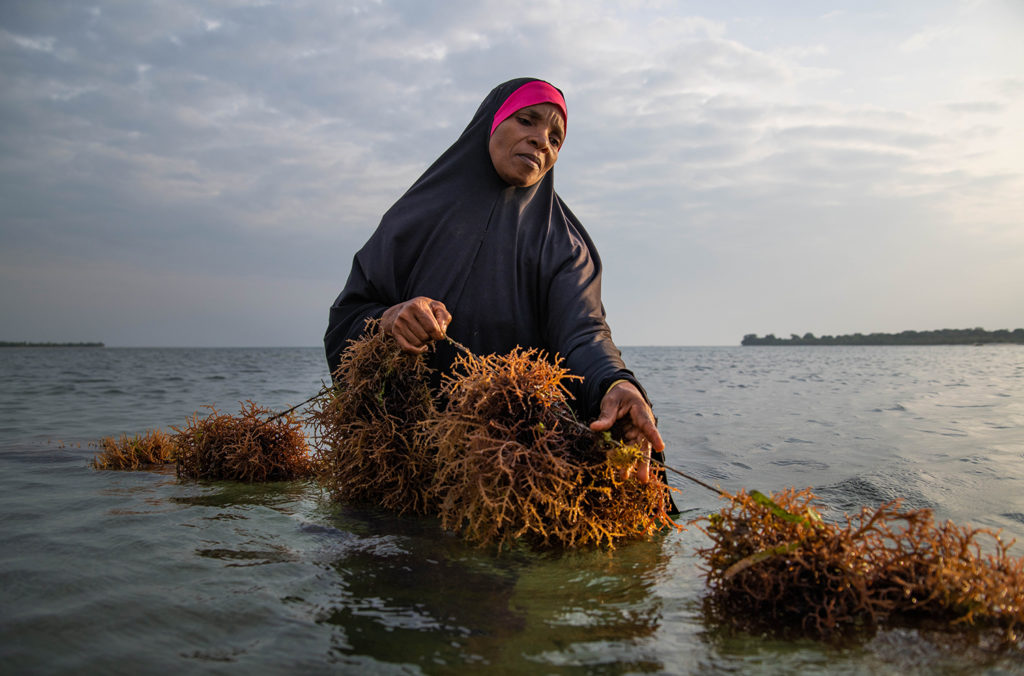
Responsibility
For seaweed farmers in Zanzibar, a chance for real growth
For many Zanzibari women, seaweed farming provides opportunity, but hardships are common. A project from The Nature Conservancy lends hope.
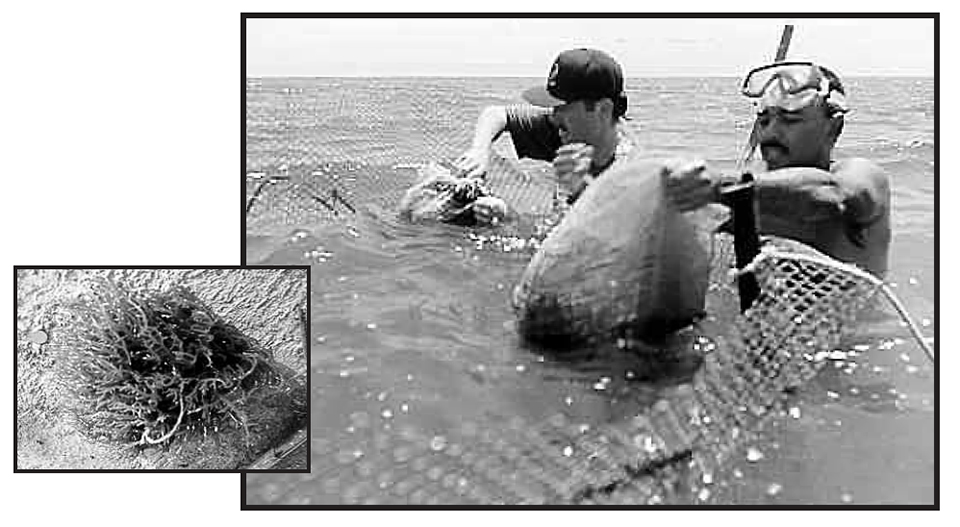
Responsibility
Marine agronomy: A sustainable alternative for coastal communities in developing countries
Successful seaweed farms in the phycocolloid industry have been linked with the sustainable development of coastal communities.
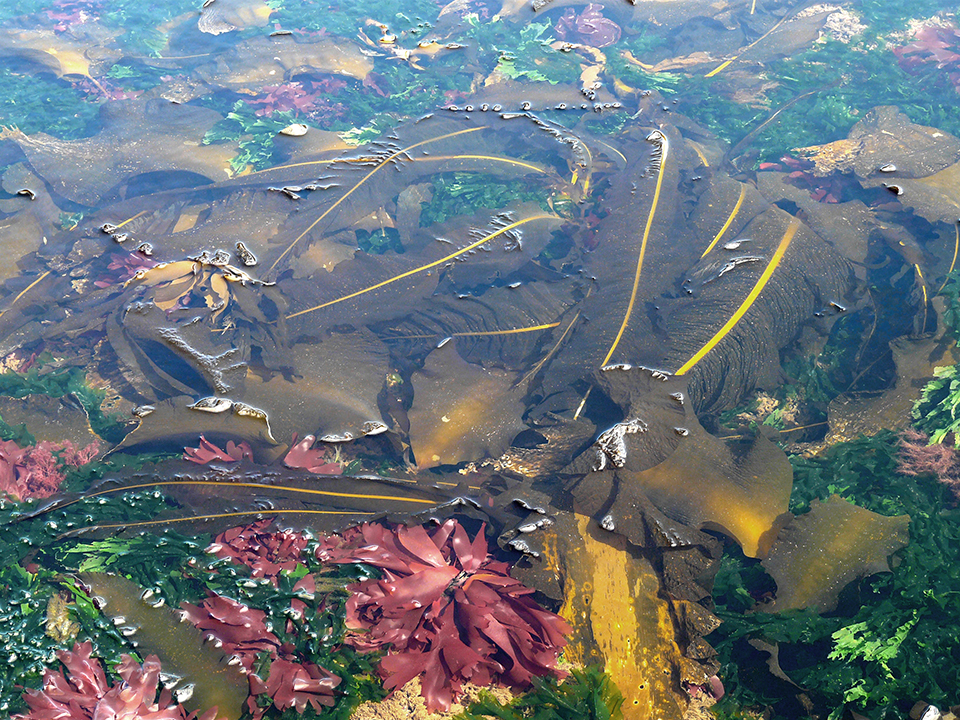
Responsibility
Seaweed aquaculture provides diversified products, key ecosystem functions, part 1
Seaweed plays key roles in Earth processes as a primary producer and link in the food webs of coastal and estuarine ecosystems.
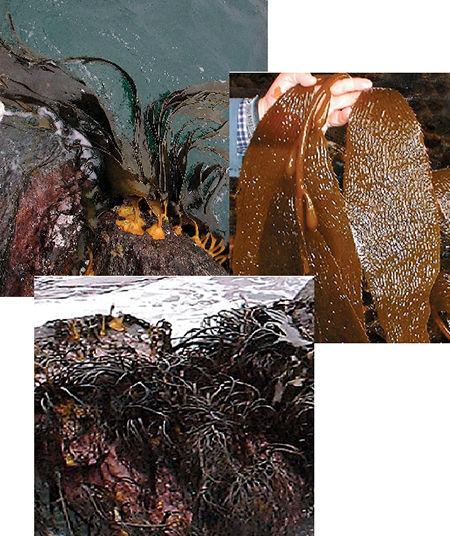
Health & Welfare
Seaweed farming in Chile: A review
Over the last 15 years, seaweed farming in Chile reached a volume of over 300,000 metric tons per year, half brown algae and half red algae.



